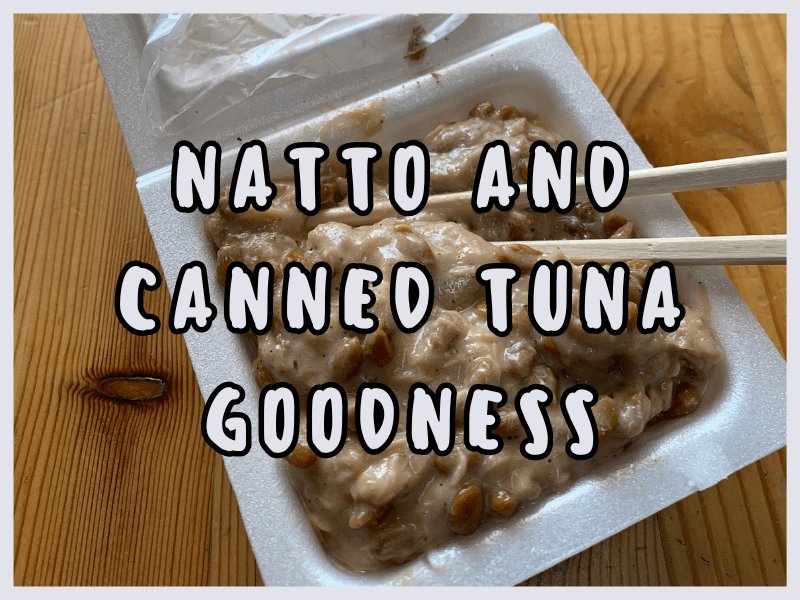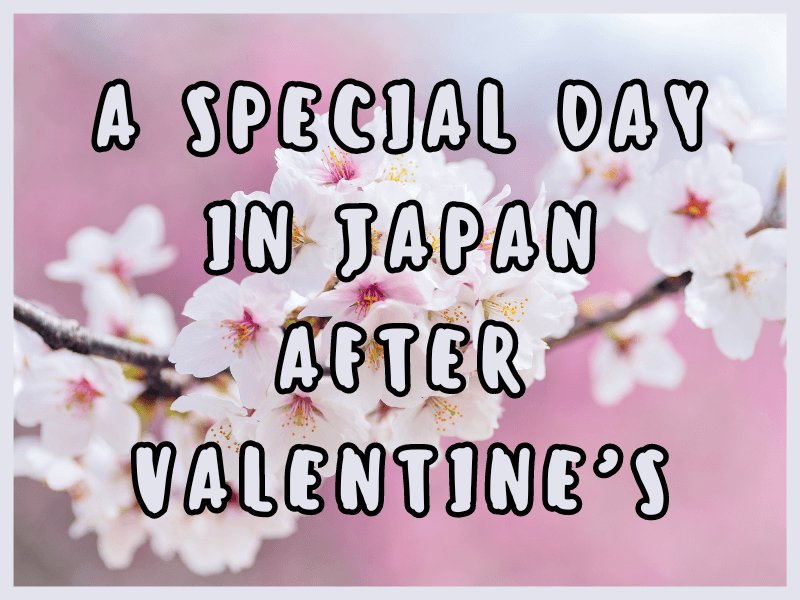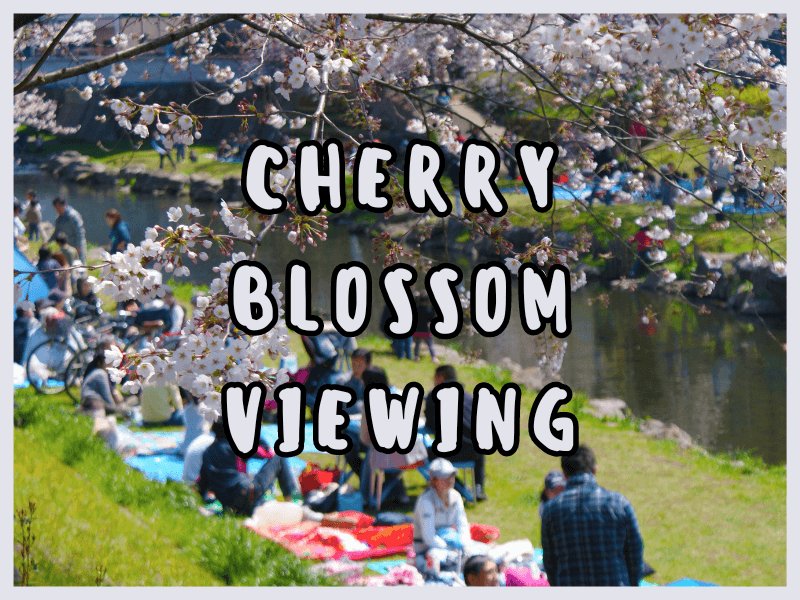| Back to Back Issues Page |
 |
|
Natto Talk, Issue #7 -- The Natto Journey - A Special Day After Valentine's March 27, 2024 |
The Natto Journey Continues!Welcome to the seventh issue of "Natto Talk!" I'm thrilled to continue on this journey with you and explore the fascinating world of fermented soybeans together. If you like Natto Talk, please do a friend and me a big favor and "pay it forward."
If a friend did forward this to you and if you like what you read, please join our Simply Natto "Foodie" community by visiting...
natto-talk.html
March 2024, Natto Talk - Issue #7In this seventh edition, you will learn about:
1. A Special Day in Japan After Valentine's 2. Cherry Blossom Viewing 3. A natto and canned tuna in a flaxseed oil recipe
4. This month's Japanese word from Simply Natto's "Natto Lingo"
A Special Day In Japan After Valentine's
While Valentine's Day is celebrated worldwide as a day of love and affection, Japan adds its own unique twist with the observance of White Day. Originating as a response to Valentine's Day, White Day has become a cherished tradition that further emphasizes the spirit of mutual affection and gift-giving in Japanese culture. White Day finds its roots in Japan and is celebrated on March 14th, exactly one month after Valentine's Day.
The tradition began in the late 1970s when the National Confectionery Industry Association sought to establish a reciprocal day for men to express their feelings in response to the chocolates they received on Valentine's Day.
Men Take the InitiativeUnlike Valentine's Day, where women take the initiative to give chocolates to men, White Day places the onus on men to reciprocate.
On this day, men are expected to express their appreciation by giving gifts to the people who gifted them chocolates a month earlier.
Types of Gifts GivenWhite Day gifts are varied, with a wide range of options available to suit different preferences. Common gifts include white chocolates, cookies, flowers, and even jewelry. The color white is symbolic, representing purity and sincerity in the act of reciprocation. The choice of gift on White Day is considered significant. Men often put thought into selecting a gift that reflects the nature of their relationship with the recipient.
Personalized and thoughtful gifts convey a sense of appreciation and care, making the exchange a meaningful expression of mutual feelings.
Cultural SignificanceWhite Day has gained widespread popularity in Japan over the years. The cultural significance lies not only in the act of gift-giving, but also in the emphasis on reciprocity and acknowledgment of the initial gesture made on Valentine's Day. It has become a social norm and an opportunity for individuals to strengthen their connections with one another. Though White Day originally focused on men reciprocating gifts to women, the celebration has evolved.
Some people now celebrate in a more inclusive manner, with friends, colleagues, and family members exchanging tokens of appreciation.

What Do You Think?What do you think about White Day in Japan? Would you prefer to give a gift on Valentine's Day and then receive a gift a month later on White Day? Or do you enjoy the traditional style of Valentine's Day where a gift is given and received on the same day?
Cherry Blossom ViewingCherry blossom viewing, or "o-hanami" ("oh-hah-nah-me") is a cherished Japanese tradition that celebrates the ephemeral beauty of cherry blossoms. This cultural phenomenon draws people from all walks of life to gather beneath blooming cherry trees, reveling in the splendor of nature's delicate spectacle. These iconic flowers, known as sakura ("saw-coo-rah" slightly roll the "r" in "rah"), hold profound cultural significance in Japan, symbolizing the fleeting nature of life and the beauty that blooms amidst impermanence. The cherry blossom season typically begins in late March and extends into early April, although the timing varies depending on the region and climate conditions. In some parts of Japan, cherry blossoms bloom as early as February, while in northern regions, they may not reach full bloom until May. During cherry blossom season, parks, gardens, temples, shrines, castle grounds and scenic waterways burst into a riot of pink and white. "O-hanami" picnics are a quintessential part of the experience, as friends, families, and coworkers gather beneath cherry trees to enjoy food, drinks, and lively conversations amidst the blossoms. Some "O-hanami" gatherings feature various food vendors, traditional Japanese performances such as taiko drumming, tea ceremonies, and dance performances which adds to the festive atmosphere. As cherry blossoms paint the landscape in hues of pink and white, "O-hanami" offers a fleeting yet profound reminder of life's beauty and the importance of cherishing moments shared with loved ones amidst nature's splendor.
Whether picnicking beneath blooming trees or capturing the scene through the lens of a camera, "O-hanami" is a timeless tradition that continues to inspire awe and appreciation in Japan and beyond.

March Recipe: Natto & Canned TunaFor this month's recipe idea I recommend natto and canned tuna with flaxseed oil.
This has been my "Go-To" choice the past few weeks and I wanted to share it with all of you first before posting anything about it on my social media sites.
How To MakeThings You Need: 1. Package of natto (40-50g) 2. Can of tuna in flaxseed oil 3. Fresh cracked black pepper 4. Optional: Soy sauce
Step 1: Open the package of natto and remove the inner plastic and included sauce and mustard. Step 2: Open the can of tuna in flaxseed oil and pour half of the contents onto the natto. Step 3: Add some fresh cracked black pepper to the natto and tuna. Step 4: Mix the natto 20-30 times. Step 5: Add the remainder of the tuna to the natto and mix again (*If you'd like to add a little more flavor to this dish, sprinkle a few drops of soy sauce). *I make this natto dish using the package the natto came in, but using a bowl works great too! Step 6: Top your natto and canned tuna onto a bowl of rice or onto a piece of toast (with a slice of cheese - YUM!) and enjoy. *I usually eat this natto combination on its own without using it as a topper. Whichever way you decide to eat your natto, I hope you enjoy!

Want more natto food with sauce and spice ideas?
You can discover more ways to enjoy your natto with sauces and spices by clicking on the following link:
natto-food-with-sauces-and-spices.html
Simply Natto's Language CornerThis month's Japanese word is: アマニ油 (amaniyu) "ah-mah-knee-you"
meaning: flaxseed oil
What to do Next?Comments? Ideas? Feedback? What did you think of the baked sweet potato and natto combination? Did the flavors suit your tastes? I'd love to hear from you. Just reply to this publication, or leave a comment on the videos, and tell me what you think! To all of my fellow "Natto Foodies," thank you for joining me on this natto-filled adventure, and I look forward to sharing and discussing more natto goodness with you in our next issue of Natto Talk.
Until next time!
Justin
|
| Back to Back Issues Page |



